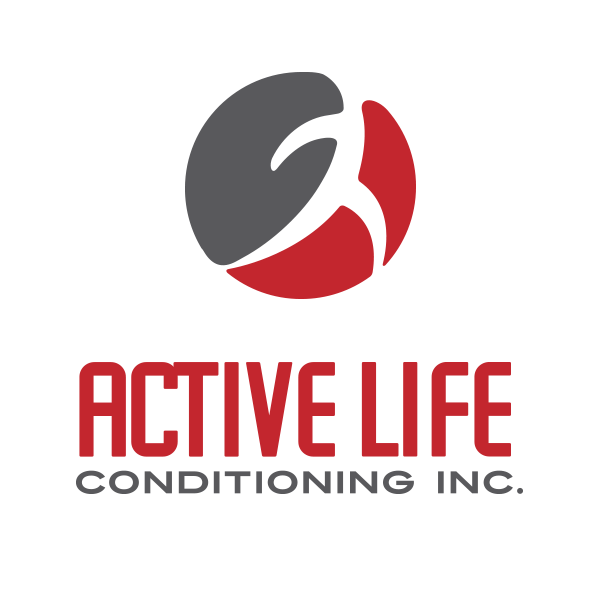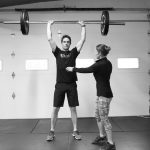Why Do I Keep Straining My Neck? By Gavin Buehler, RMT
ACTIVE THERAPY FOR YOUR ACTIVE LIFE: Why Do I Keep Straining My Neck?
By Gavin Buehler, RMT
Disclaimer: Please consult your healthcare provider before engaging in any of the activities or suggestions that are
highlighted in this article/video.
During this time of the season the coaches and therapists at Active Life tend to notice a rise in
complaints surrounding the neck and shoulder area. Generally it’s a little more stiffness than usual or
mild “tweaks” frequently around the posterolateral (side/back) area of the neck.
So why the sudden rise in these occurrences during this time of the year? Our posture seems to change
with the colder weather and maybe even from the stresses that may have been incurred over the
holidays. We channel our inner turtle power (everyone knows Raphael was the coolest Ninja Turtle) and
manage to suck our heads into our protective shells between our shoulders, usually with our chins
poked forward, and with added stress our breathing becomes shallow adding more to strain to some of
the neck musculature that assists in breathing. Spending more time in this type of posture can make the
neck and shoulder area more susceptible to these aches and injuries.
To understand why this is happening we need to take a closer look at the functional anatomy of these
muscles, and since there’s a lot of them, I’m going to focus in on a muscle that I’ve found to garner the
most complaints, the levator scapula. This muscle takes a lot of abuse and is one of the most common
reasons why I see people on my table. As you can see in the diagram, the levator scapula originates from the transverse processes of C1-C4 in
As you can see in the diagram, the levator scapula originates from the transverse processes of C1-C4 in
your neck and attaches to the superior aspect of the medial border on your scapula (shoulder blade).
Looking at the fiber direction and attachment points, we can see that its
functions include scapular elevation (lifts shoulder blade up), scapular
downward rotation (rotates shoulder blade down) and ipsilateral cervical
flexion and rotation (rotates and flexes neck to the same side). The most
prominent action is the downward rotation of the scapula and it’s important
to recognize this along with the cervical attachment points due to the impact
this can have on overall shoulder movement. Explanation is provided in the
video along with a demonstration of actions.
When we’re in a forward head carriage postural position, this puts tension on
the levator scapula pulling the shoulder blade into downward rotation. This
is generally the opposite movement of where we want our shoulder blade to
go for the majority of our daily activities seeing as they are performed with
our arms in front of our bodies where upward rotation of the scapula is
required. So we have a muscle that’s connected to our neck that’s pulling in
the opposite direction we’re trying to go with our arms, inhibiting optimal movement of our shoulder
causing compensatory muscle activation and firing patterns.
The postural placement of our head can interfere with the range of motion in our shoulders. So if our
heads are forward and our shoulders a little shrugged up and



